Know it all about Banarasi Sarees
Silk ensembles or handiwork on silk fabric have been traced back to the Vedic times. Mention of Hiranya, which means ‘cloth made from gold’, was found in the Rig Vedas while describing the attire of the Gods. And a section of scholars believes that the description of Hiranya, is similar to what Banarasi Sarees/outfits look like, and the Pali texts and Jataka tales mention the clothing trade on the banks of Ganga in Kashi, or the modern-day Varanasi, the birthplace of Banarasi Silk.
Banaras was the hub of Indian weaves for centuries now, but it was the Mughal emperor Akbar who popularised the weaving industry. The emperor who was known to have interest and love towards the delicate and finer things around us, was in love with zari work with gold threads, passing on the liking towards his wives and other women in the harem, who wore rich silk sarees designed with gold zari embroideries. These sarees, later popularised as the Banarasi sarees. Akbar even preferred to decorate his court with the rich Banarasi Silk fabrics.
Centuries later, these Banarasi Sarees astonished the British colonisers too. But it was only after independence that small-scale industries grew up, making way to the much sought-after market of Banarasi Sarees.
How are the sarees woven?
The zari threads are made from thin, flattened strips of alloys of gold and silver. Then, these delicate strips are wound around silk yarns, and flattened using machines. After the threads are made, they are often passed through a brightener so that their shine is increased.
The motifs and designs are then crafted on colourful silk sarees using the zari threads.
What makes the Banarasi Sarees so special?
The intricate designs are first drawn and punched on paper (much like the pattern of Braille). For a single piece, separate pattern guides and nakshapatras are created that provide all types of specialty Banarasi designs, from floral motifs to jali or buti work.
It is based on these patras, that the coloured silk and zari threads are wound onto the handloom and the desired patterns are woven. Handloom Banarasi Sarees can take anything between 15 days to almost six months to be created. How much time it will take will depend upon the intricacies of the designs.
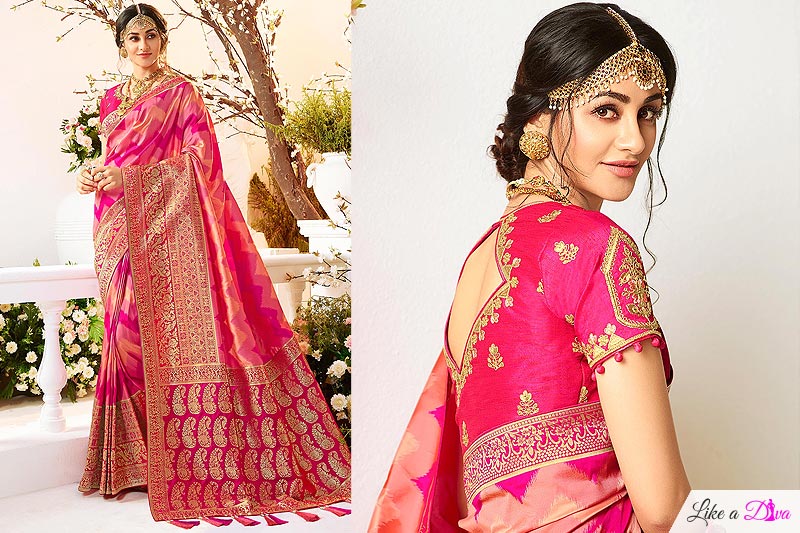
Colours to look out for
Red and blue, purple and pink, green and yellow, black and white, you will surely come across a Banarasi saree in a colour that you are looking for. Though you obviously would be looking for your favourite shade, what matters is the zari work that decorates the saree.
Motifs
During the Mughal era, the designs and motifs on the sarees were typically Islamic, flowers and foliage, and jali work was predominant, just like the designs on their architecture. Today, along with those, symbols of India, the peacock, elephants, figurines, king-queens, gods-goddesses, lotus are found on the outfits.
The current scenario of the artform
The industry of Banarasi Saris has seen it all but is currently under threat because of the fake products. Banarasi is a handiwork that takes a lot of time and effort, and as a result the price tag rises. Many customers are unwilling to pay the hefty price and settle for the duplicates, making it difficult for the craftsmen to survive and earn a livelihood. Probably by respecting the craft and paying the right price to preserve this pride of India.
How to care for Banarasi Saris?
Dry-cleaning is always recommended for Banarasi Sarees. But, if you need to wash it at home, dip it in cold water and hang it to air-dry. Do not place it near direct sunlight. Detergent should be avoided for the first few washes, and clothes brushes should never be used.
Iron it with a steam iron on low heat. Place a cloth on the saree and iron it. Wrap it in a Muslin cloth and hang it in your cupboard. The folds must be changed every 3-4 months. Hang it out once every six months, refold it and store it to increase the life of your sarees.



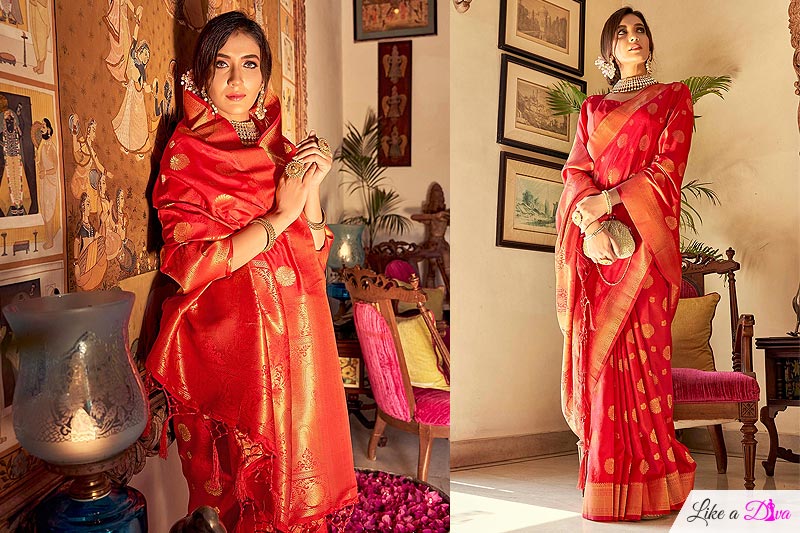
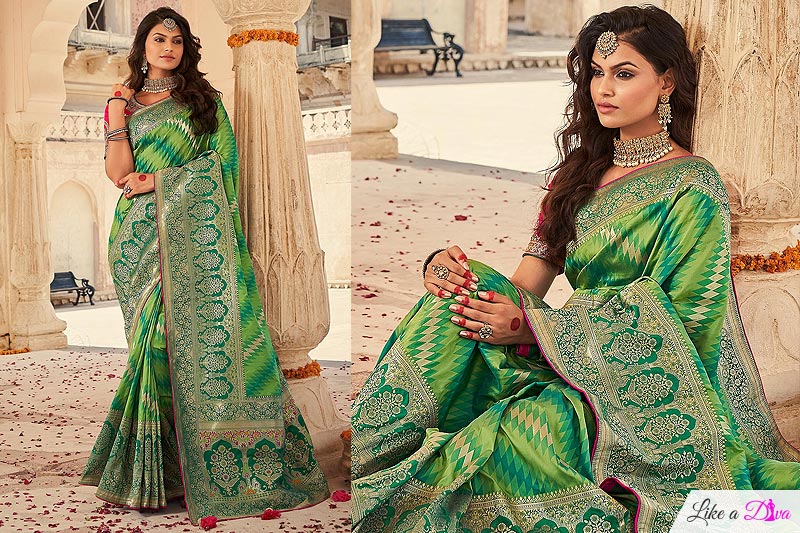

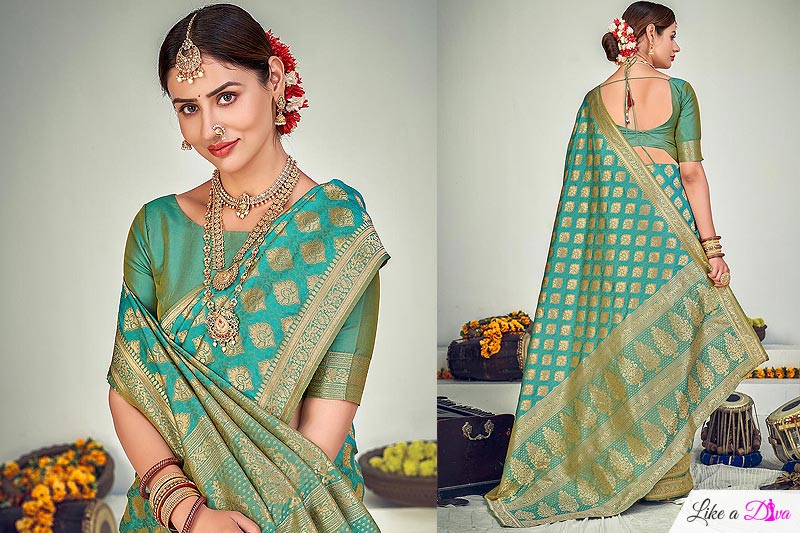
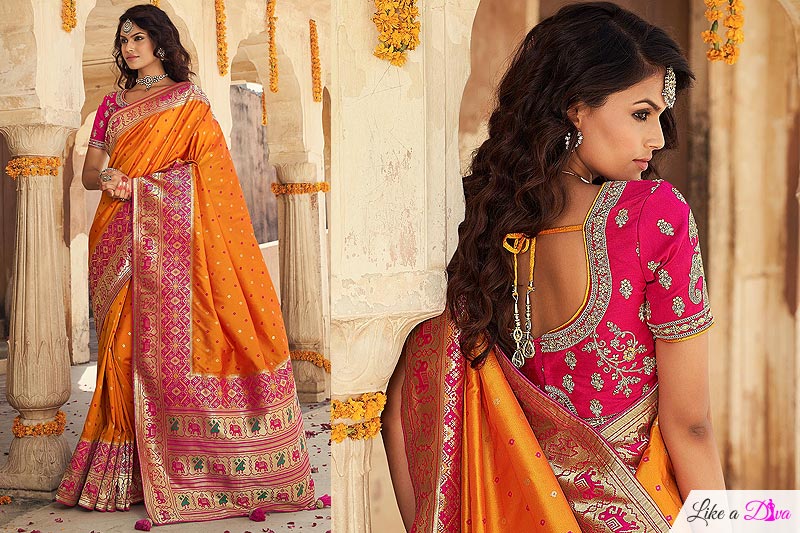
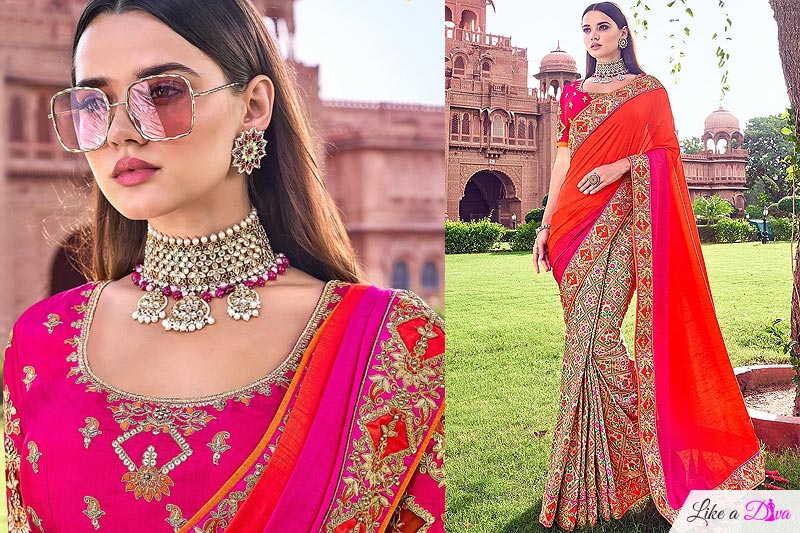
Leave a Reply